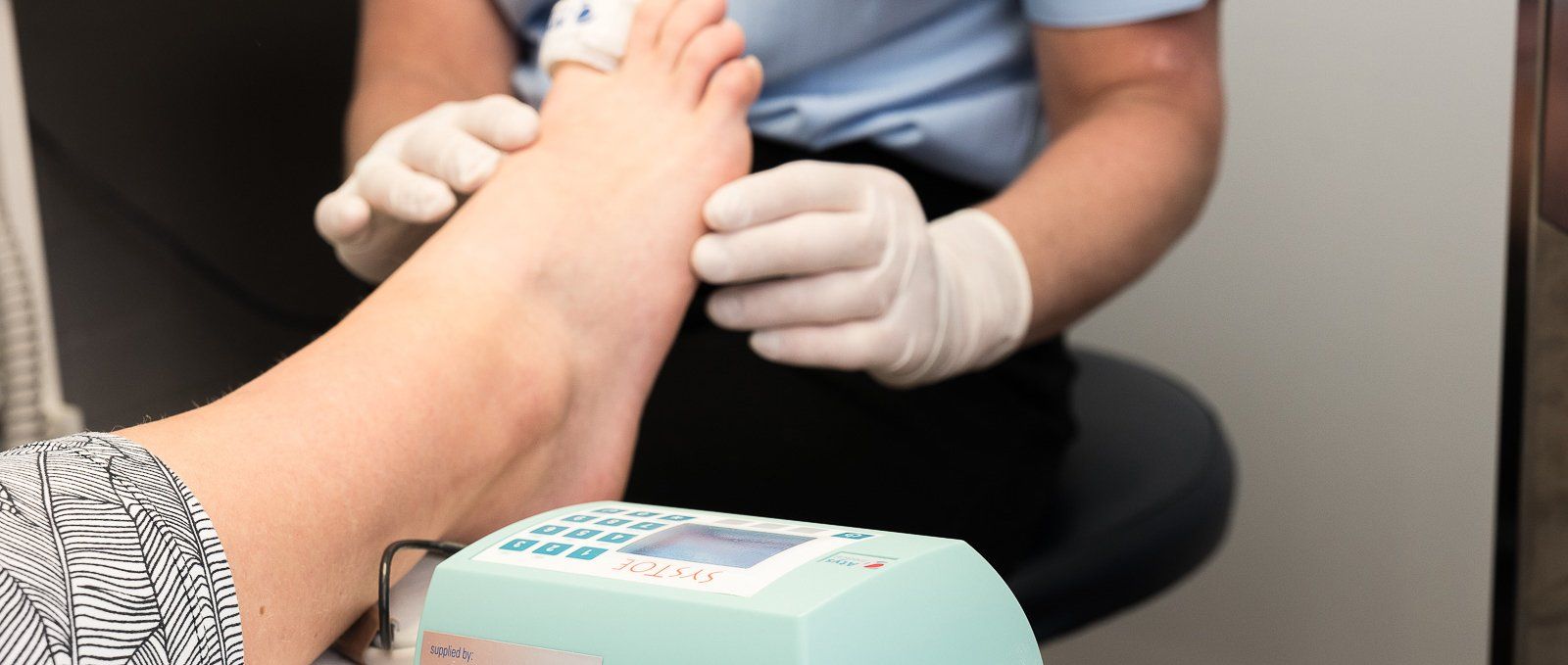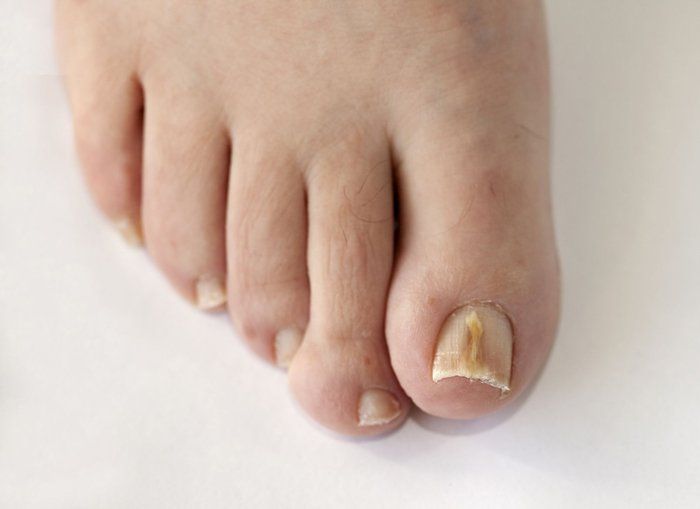BLOG
WHAT IS DIABETES?

Diabetes
is a chronic condition that results in elevated blood sugar levels. This is either caused by reduced insulin secretion (a hormone produced by the pancreas) and /or reduced insulin sensitivity. Due to glucose being required for energy production by the cells of the body, reduced insulin secretion and reduced insulin sensitivity result in a reduction of glucose utilization and an increase in free glucose in the bloodstream.
The two main types of diabetes are type 1 (approximately 13.5% of diagnosed diabetics) and type 2 (approximately 85% of diagnosed diabetics). The remaining diagnosed diabetics are diagnosed during pregnancy, known as gestational diabetes. According to the Australian Department of Health, during 2014-2015, there was an estimate of 2.1million diabetics in Australia.
Type 1 Diabetes Mellitus (T1DM) is an autoimmune condition where cells responsible for insulin production in the pancreas are defective, resulting in absence of insulin secretion and increased blood sugar levels. People who have been diagnosed with T1DM are often diagnosed early in life, during childhood or adolescence and will require lifelong insulin injections for survival.
Type 2 Diabetes Mellitus (T2DM) is the most commonly diagnosed form of Diabetes. It is often the result of hereditary factors, lifestyle factors (such as exercise and diet) and obesity, resulting in reduced insulin sensitivity and may also have reduced insulin secretion/production. People with T2DM may be able to control their sugar levels through lifestyle and diet modification, however; diabetic medication and /or insulin are required in some cases to control blood sugar levels. T2DM is often diagnosed later in life, however, due to the rise of childhood obesity, childhood T2DM is becoming more prevalent.
Podiatrist and Diabetes
Our main concern as podiatrists is how diabetes can affect the delicate blood vessels of the feet. The microvessels in your feet are responsible for supplying the nerves of your feet and are vulnerable to high blood glucose levels. As free glucose begins to rise, a substance called sorbitol begins to form which alters the way water flows in and out of your body’s cells. As sorbitol levels inside the cell begin to rise, more water will rush into the cell to equalize the concentration. This is known as osmotic regulation. Unfortunately, when too much water rushes into the cells of the delicate microvessels, the vessels can burst. This can lead to damage to the blood vessels of the retina, kidney and peripheral nerves.
When the peripheral nerves have been affected by unregulated glucose levels, your sensitivity to injury can be affected, as well as the ability to effectively heal injuries. This means that you may no longer feel the stone in your shoe, if you cut your foot on a shard of glass or if you have a high-pressure area under your foot. If these injuries go unnoticed, it can lead to ulceration and possibly infection.
PODIATRIST RECOMMEND
A 6 monthly check up with your podiatrist will help to detect any changes in your blood flow and nerve function before they develop into more serious problems. Making sure you’re wearing the proper footwear, checking your feet regularly and contacting your podiatrist if you notice any injuries or red swollen areas of your feet will help prevent more serious complications. Taking care of your general health is also just as important. Exercising regularly, monitoring blood sugar levels daily, monitoring your diet with a dietician, avoiding walking barefooted, wearing well fitted enclosed shoes. Having your skin and nails treated by a podiatrist for any ingrowing toenails, corns, calluses, hammertoes and any other foot problems or concerns with blood flow or sensory function will all help to prevent further complications associated with diabetes.


